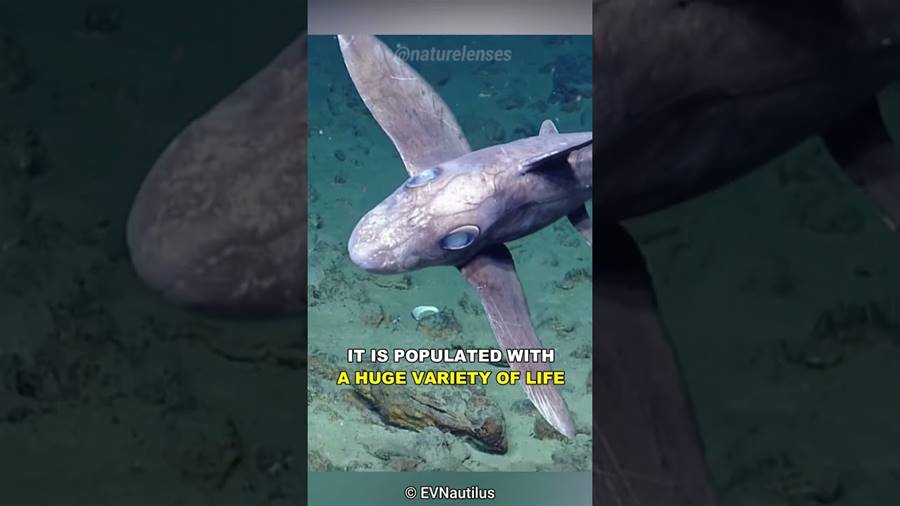
Deep sea creatures have always fascinated scientists and ordinary people alike with their weird and unusual appearances. These creatures, residing in the depths of the ocean where sunlight cannot penetrate, have evolved unique features that make them appear strange to humans. This article explores the reasons behind the bizarre looks of deep sea creatures.
The primary reason for the peculiar appearance of deep sea creatures is the extreme environment in which they live.
The deep sea is known for its darkness, high pressure, and low temperatures, among other challenging conditions. These creatures have adapted over millions of years to survive in this abyss, resulting in unique physical characteristics that allow them to thrive in these hostile surroundings.
One of the most common features of deep sea organisms is bioluminescence, the ability to produce their own light. This adaptation serves multiple purposes, including attracting prey, finding mates, and warding off potential predators.
The strange glow emitted by these creatures is a result of chemical reactions within their bodies and is crucial for their survival in the pitch-black depths of the ocean.
Apart from bioluminescence, deep sea animals often exhibit elongated bodies, enlarged jaws, and teeth that seem out of proportion. These adaptations are essential for catching elusive prey and consuming them efficiently. In the deep sea, where food is scarce, these creatures have evolved to take advantage of any opportunity to eat, even if it means consuming prey larger than themselves.
The article is not finished. Click on the next page to continue.
The article is not finished. Click on the next page to continue.
Next page


















